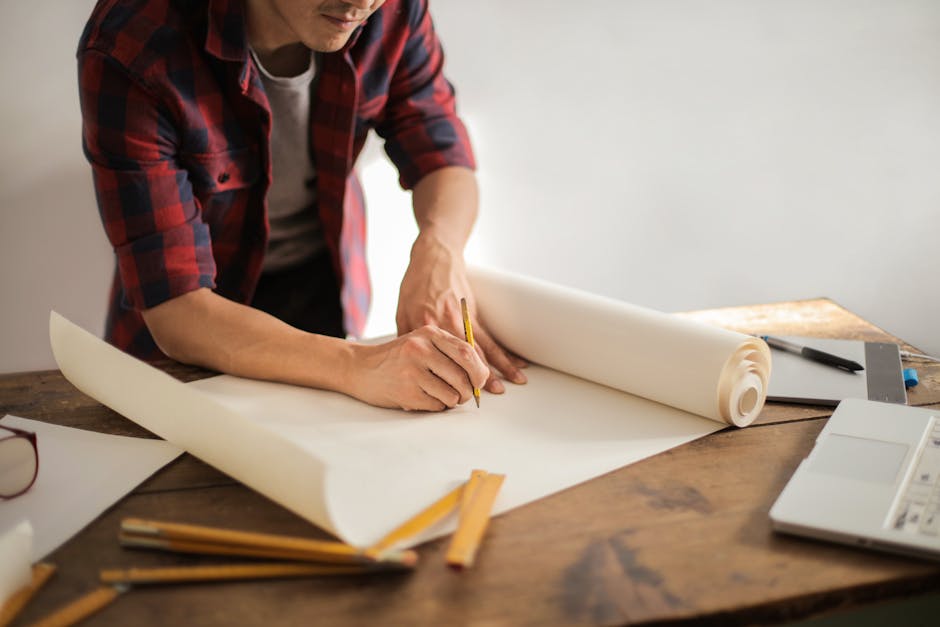 Discovering the Art of Aircraft Painting: Methods and Tips
Discovering the Art of Aircraft Painting: Methods and Tips
Aircraft paint, the method of applying paint straight to airplane, is both an imaginative expression and a technical venture. From industrial airplanes to exclusive jets, each airplane offers a distinct canvas for aeronautics experts and artists alike. The procedure not only contributes to the aesthetic charm of airplanes however likewise plays a crucial duty in keeping their architectural integrity and enhancing exposure. In this article, we will certainly explore the methods, tools, and factors to consider associated with the art of aircraft painting.
The primary step in airplane paint is surface area prep work. Preparing the aircraft’s surface area is important for ensuring that the paint sticks correctly. This entails cleansing the surface area to get rid of dust, oil, and old paint. A careful assessment is additionally carried out to determine any kind of corrosion or dents which need repair service. Expert painters commonly use sandblasting or chemical stripping to prepare the surface, guaranteeing that it is smooth and free of flaws. Appropriate prep work prevents peeling off and advertises the longevity of the paint work, showcasing the significance of this initial stage.
When the surface area is prepared, the painter chooses the best kind of paint. Various types of paint are made use of in aeronautics, typically consisted of polyurethane or epoxy formulations that offer toughness against environmental variables. The option process thinks about factors such as weight, wind resistant properties, and also regulative conformity. Additionally, contemporary advancements in aviation paints have actually resulted in the development of lighter and much more fuel-efficient alternatives, allowing airplane to carry out far better while decreasing operational expenses. Comprehending the specifications and performance of each paint type is vital for attaining a successful surface.
Application techniques play a considerable role in airplane painting. Specialists mostly make use of spray guns for a perfect coating, enabling regular and also protection. Some painters might go with typical hand-painting methods for even more detailed designs, specifically when it comes to personalized art or branding. Each layer of paint must be thoroughly applied, commonly calling for several layers to achieve the preferred shade and sheen. In addition, safety and security methods must be complied with carefully, consisting of making use of individual protective equipment and guaranteeing appropriate ventilation in spray booths to minimize hazards throughout the paint process.
Finally, after the paint process is full, top quality checks and last examinations are necessary to ensure a job well done. The finish needs to not just look excellent but also satisfy security and regulatory standards. Variables such as paint thickness, level of smoothness, and total look are evaluated. This complete evaluation warranties that the aircraft satisfies both aesthetic wishes and safety and security needs before it returns to the skies. Eventually, aircraft paint is not nearly beautification; it is an essential facet of airplane upkeep that secures the lorry and boosts its functional efficiency.
To conclude, aircraft painting is a complex blend of artistry and usefulness. From surface area preparation to the last inspection, every action calls for skill, interest to information, and an understanding of products. As aeronautics innovation continues to advance, so too does the art of airplane paint, including new techniques and products that prioritize both performance and visual appeals. Whether it is for business needs or personal enthusiasm, the process provides an interesting avenue for creative thinking in the aviation industry.